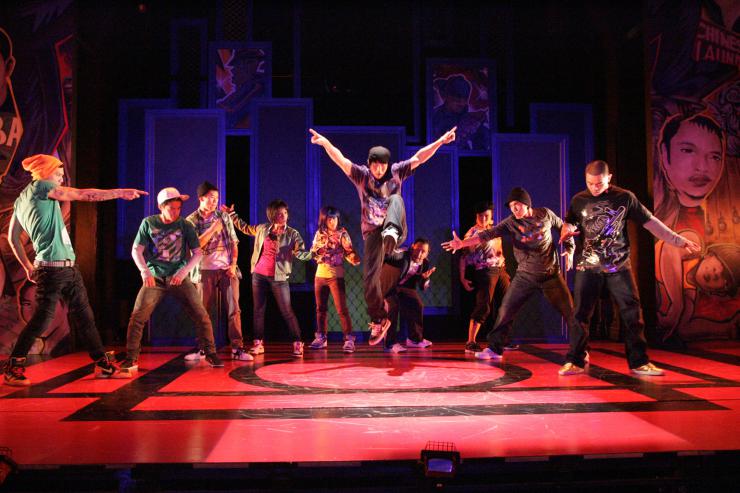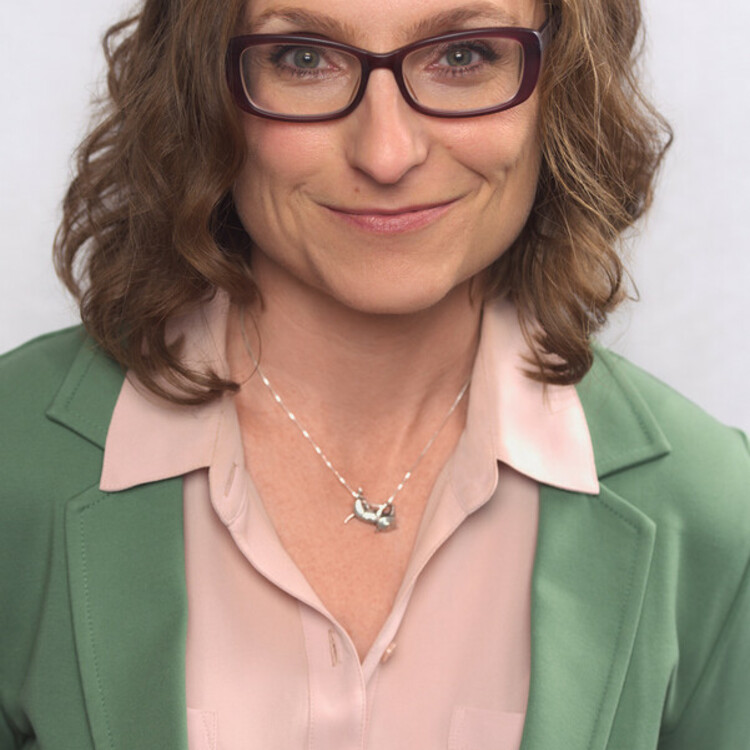Dispatches from LALA Land
The Evolution of Asian American Theater in Los Angeles
Los Angeles is a very naturally post-modern city. There’s no center. There’s disparate elements jutting up against each other. It’s just so jagged and fragmented—even the start stop in the traffic. But I feel like it’s going to be the 21st-century American city because the internet makes it less important how the physical organization of the city works. This is the geographical articulation of our moment in time.
—Alice Tuan

The country's longest running theater of color, Los Angeles' East West Players, is approaching it's 48th season. Founded in the wake of the Watts Rebellion (1965) to promote healing in the city by sharing stories from within ethnic communities, East West Players has premiered over one hundred plays and musicals about the Asian American experience.
Artistic Director Tim Dang explained that in the early days of the company, Asian American actors were eager to play Chekov and Shakespeare in traditional productions, and it wasn't until the 1970s that they began a writer's program to develop work specifically by Asian American writers. Today they do new plays and musicals and classics resituated in an Asian context.
Originally located in a church basement in Silver Lake, East West Players moved to its current home in Little Tokyo in 1998. Dang relates,
We thought would be easy to become part of the neighborhood and grow our audience from a 99- to 240-seat theater, but that did not happen. We definitely had to work very hard to get our audience to come to a new destination and to make sure other Asian ethnicities didn't think we were just a Japanese theater.
Today their audience is fifty-four percent Asian and forty-six percent non-Asian.
Today their audience is fifty-four percent Asian and forty-six percent non-Asian. Seventy-five percent of all Asian Pacific performers in the acting unions living in Los Angeles have worked there. The company has become a leader in Hollywood in advocating for Asian American story lines and characters and has contributed to the national dialogue around whitewashing (casting white actors to play ethnic roles).
To meet the demands of their multi-cultural productions, East West Players has developed a very specific casting policy which states that if a character has to speak a foreign language or is from another country, the actor has to be of that country's descent. If the character is Asian American and only speaks English, they consider any Asian actor for the role. Dang thinks this casting policy will continue to evolve as America's racial landscape does:
In two decades fifty percent of Americans under the age of 30 will be mixed race. Mixed-race actors now have trouble getting cast because they either don’t look Asian enough or they don't look white enough. Interestingly, Equity has okayed the moniker “ethnically ambiguous” for casting. So when we look for actors now, we look for Pacific Highlander, South Asian, and ethnically ambiguous. And as more and more children are born out of interracial marriages, East West Players' casting policy will have to continue to evolve.
The head of the playwriting program at the California Institute of the Arts, Alice Tuan--who grew up in Los Angeles but ironically has never had a full production here—articulated a similar notion of the shifting moment she is experiencing as a writer:
Originally, I wanted to write myself into the culture. I spent twenty years building a body of work presenting the perspective of 'If we all are citizens and self-determining and self-defining then we are constantly narrating who we are in the culture.' Now life has gotten more subjective because everybody has more possession of what determines and defines their lives: blogging, texting, internet-ing. People are really expressing themselves a lot. And so as things are shifting the reason for narration is changing.
Tuan's play Iggy Woo was read as part of a spring reading series produced by Artists at Play, an three-year-old Asian American theater company whose model Tuan says reflects the fact that 20th-century institutions can not always represent the complexities of our time.

An affiliation of four producers (Julia Cho, Peter J. Kuo, Stefanie Wong Lau, and Marie-Reine Velez), Artists at Play has done one full production per year and a reading series as part of their mission to present theatrical productions "missing from our local landscape" that tell the stories of underrepresented communities.
According to the producers, the script for their first production, Ching Chong Chinaman, by Lauren Yee, had been passed over by traditional institutions because of its satirical portrayal of offensive stereotypes. Cho says that's what it made it perfect for Artists at Play:
Ching Chong Chinaman would have been a huge risk for a theater with a subscription base. For us it was a way of making a mark and establishing what we’re about. This play delves into stereotypes in an absurd, inappropriate way that turns them on their head. We're focused on finding new plays that tell new stories in new ways.
Though the shows that the producers are drawn to are by and about Asian Americans, they hope to move beyond a term that they say feels limiting because of the assumption that Asian American theater is always about the immigrant narrative and generational cultural identity. Velez put it this way:
The last show we did and our upcoming production involve Asian American characters but their race doesn’t dictate who they are, it’s just a part of who they are. We explore the intersections of Asian American identity—like sexuality, class, all the different aspects that make a whole person.
Cho elaborated:
Our next play deals with interracial dating and contains specifically Asian characters, but you can broaden it out to be about interracial dating between any races because there’s always assumptions people bring to the table based on the stereotypes of those races.
The youth of the producers and the collective rather than institutionalized structure of Artists at Play is reflected not just in their content, but also in their fundraising and use of social media. For each production, they create an Indiegogo campaign. They've held several "Epic Yard Sales" during which they sell items donated by audience members. They once held a rock-paper-scissors tournament in which supporters paid to participate. At present, Artists at Play has no plans to rent an office, nor do the producers want to quit their day jobs. They meet in person once a week and use Google Hangout to work together online.
Los Angeles' geographic size, it's status as home to the entertainment industry, and it's fifteen percent Asian population mean that the city has plenty of room for Asian American artists and theaters of all kinds. And yet, you can see more diversity in a quick glance around any neighborhood than you can on the non-ethnic-specific stages of the city. Cho wonders if Hollywood has a trickle down effect on Los Angeles theater:
Maybe it’s an LA thing because the industry is so afraid to take chances. Asians are still seen as the other.
Maybe it’s an LA thing because the industry is so afraid to take chances. Asians are still seen as the other. People can’t wrap their heads around justifying the presence of this person who looks different. But it’s 2013 and theater involves suspension of disbelief. Shouldn't we be able to play and take risks and have a family of actors that are all various shapes and colors? It's theater. Why can't we do that?







Comments
The article is just the start of the conversation—we want to know what you think about this subject, too! HowlRound is a space for knowledge-sharing, and we welcome spirited, thoughtful, and on-topic dialogue. Find our full comments policy here